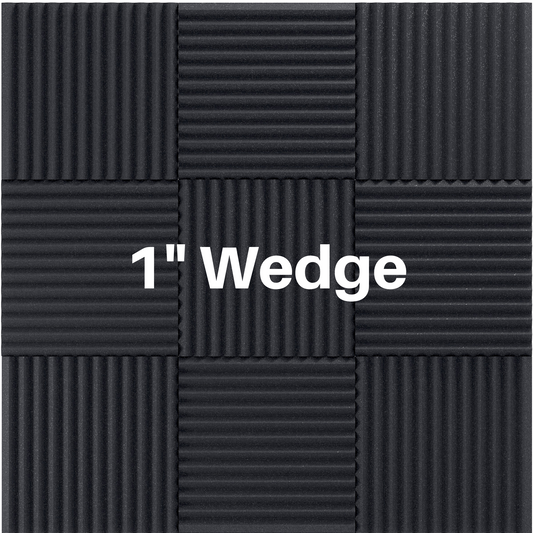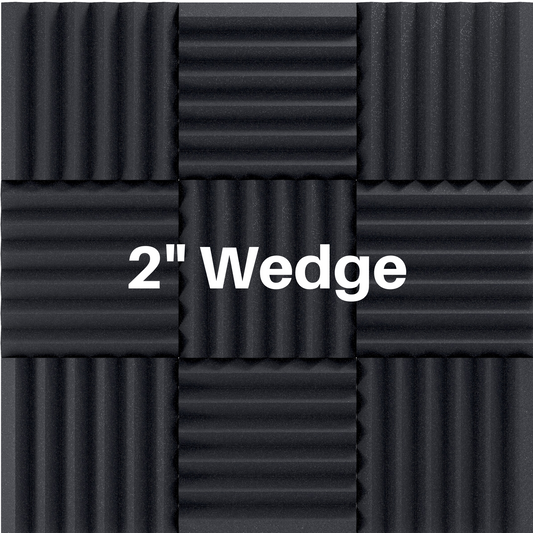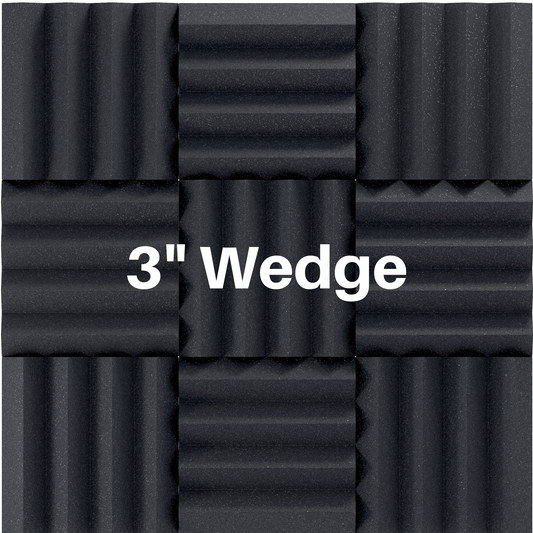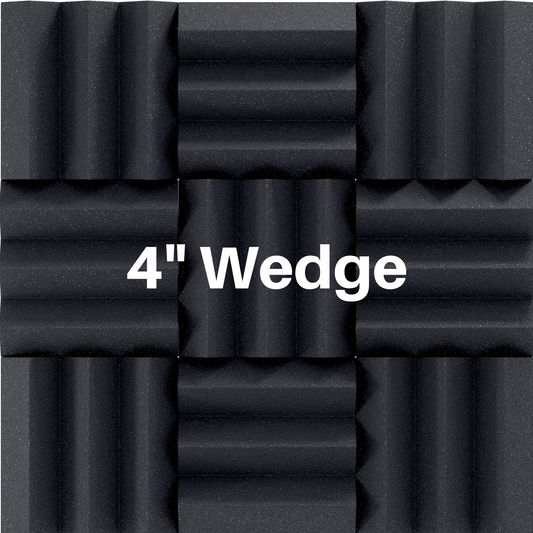How To Record Electric Guitar Without Microphone
Share

So you want to record your awesome riffs but don’t have a microphone? No need to worry there are many ways that you can get a great guitar sound without the need for a microphone at all. You will need a recorder, a mixer, or a computer / audio interface that has an instrument input.
Guitar --> Instrument Input
With this method the sound that gets recording is pretty much the same sound you will hear coming from the guitar. This will sound very plain and unfinished but the magic comes with the use of plug-ins to alter the sound and get it to sound the way you want. Your DAW may have some stock plug-ins or you can buy some. Popular plug-ins for electric guitar are distortion, reverb, delay, chorus, and even amp simulators that will make your guitar sound like popular amplifiers. The cool thing about manipulating the sound after recording is that you can tweak and play with it as much as you want and will often find new sounds and tones in the process.
Guitar --> Amp Simulator --> Instrument Input
An amp simulator is similar to the plug-ins available online except this is a physical piece of gear that has effects programmed into it. These amp simulators can make your guitar sound like the most popular amps on the market or the most popular guitarists, Jimi Hendrix for example. The downfall to recording this way compared to plugging the guitar directly into the instrument input is that you are stuck with the effects you chose on the simulator and cannot alter the sound as much after the recording is made. However, this would actually be an advantage for someone who is a little ADD like myself and gets sidetracked with indecisions while tweaking effects after the recording are made.
Guitar --> Amp --> Amp Line Out --> Instrument Input
This method of recording electric guitar is perfect for those who already have an amp that they like the sound of but do not have a mic. By recording this way you are able to capture the sound of your amp without the need for micing the speaker. One thing to consider with this method is the volume adjustments of your guitar, amp, and audio interface. You will have to find the right combination of volumes in order to capture the best tone in your recording.
There you have it! Three ways to record your rockin’ riffs without using a microphone! Please share in the comments any questions you have or the way that you record your electric guitar. We love to learn new and unique ways of recording and help in any way we can.
Hopefully these tips are helpful. Please feel free to comment about what is your favorite was to record an electric guitar.
Please contact us with any questions at all. We love to help!
Visit our SHOP!
Read More:
How To Record Electric Guitar With A Microphone
How To Record Electric Bass Guitar
Using Guitar Pick Thicknesses To Get Different Sounds When Recording




